Dealing with engine problems
The Video Course teaches you everything about modern cars.
Sudden engine failure as you are driving along is immediately apparent, but a lot of engine problems show themselves in less dramatic ways. If you know the signs you can take prompt action, which can often avoid expensive repair bills.
Warnings
The most obvious signs that something is not right are provided by the gauges and warning lights on the dashboard . If the meters go into the red or off their scales , or the warning lights come on, it is safe to assume that something is wrong in the engine, as instrument failure is not that common.
If the temperature gauge gives a very high reading, the engine is overheating. Turn on the heater this will help to cool the engine. If the heater will only blow cold air, the engine is likely to have lost quite a lot of water and you should stop to investigate.
A high, and increasing, engine temperature coupled with a glowing ignition light means that the generator drive belt has broken or come off or is slipping badly. The temperature will continue to increase slowly, so you should stop and switch the engine off before it becomes too hot.
If the oil pressure light comes on, stop the engine as quickly as you can, otherwise serious damage will result.
Don't ignore a persistent misfire in the hope that it will clear. The cause may be simple, such as a plug lead falling off, but if a bad misfire is coupled with an engine temperature increase one of the cooling system hoses may have become disconnected or developed a leak and has sprayed the engine's coolant over the ignition system.
Sudden extra noise from the exhaust usually points to a holed silencer, although it can be caused by one of the joints in the system parting - it's not dangerous unless it melts the car's underseal and creates a fire risk.
What could be wrong
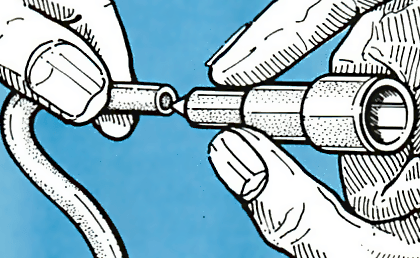
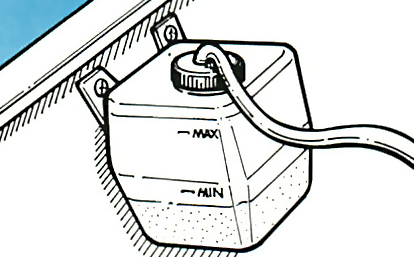
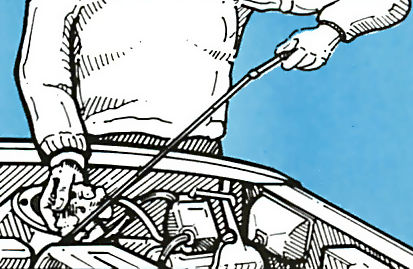
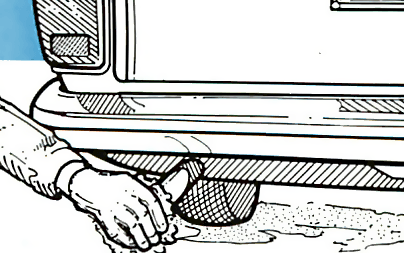

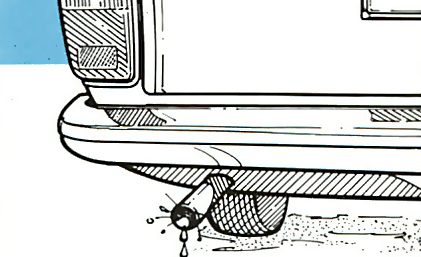
Investigations
Serious oil or coolant leaks will be obvious by the puddle underneath the engine as soon as you step out of the car.
If oil is leaking, check where the oil filter is screwed on and where the sump joins the engine. If the oil level has dropped so far that it does not register on the dipstick , these are likely causes of oil pressure loss.
Oil leaking on to part of the exhaust system causes smoke. The smoke isn't serious but the leak that caused it might be.
If you have a coolant leak, find out where it is coming from - if there are no obvious leaks, pull all the hose connections to make sure they are tight. If the coolant level is normal but you've had overheating problems, check to see if the generator drive belt is intact. You find that it has just fallen off, but if you heard a bang before the engine temperature increased you'll probably find it broken.
Unless you find an obviously broken exhaust joint, check the exhaust by holding a rag over the end of the pipe. If the engine keeps running, but the noise comes from a different place, the leak is at the source of the new noise.
Engine mountings
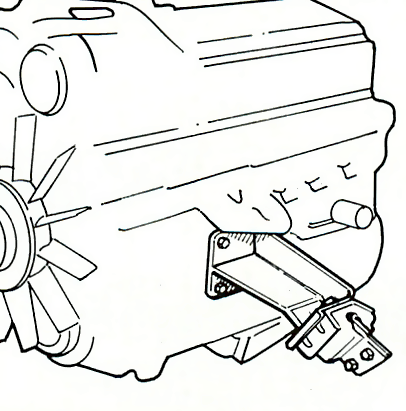
Broken engine mountings can cause banging and graunching noises. There are two main types of mounting those centrally placed close to the bottom of the block and those higher up the block which mount on to the . inner wings or chassis members.
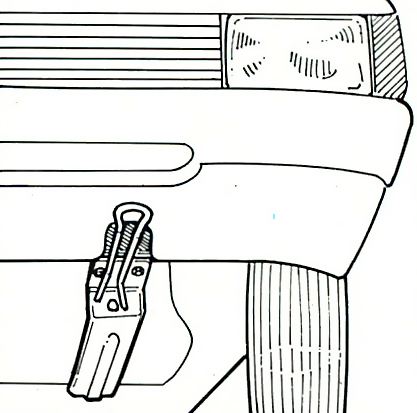
If only one mounting has broken, lash it up if you can: it's usually safe to continue if you drive slowly.
Repairs
If there is a serious oil leak from the sump to engine joint, there's nothing you can do except remove the sump and fit a new gasket . But this is not often practical at the roadside.
If oil is leaking from the oil filter try screwing it on a little tighter. Any leaks are probably due to the sealing ring becoming misplaced. As long as the leak is not serious and the engine generates oil pressure when the level is correct, you can continue your journey so long as you stop frequently to top up the level.
The same goes for a leaking cooling system, but try tightening the hose clips and taping up leaks first. If water is leaking from the heater or its piping, you can usually connect the engine's heater inlet and outlet stubs together with the undamaged heater pipe to isolate the leak source.
Reconnect loose plug leads to make the engine run on all cylinders again - if the lead has come adrift from the HT cap, remove the cap so you can screw it back on to the lead.
The Ultimate Car Mechanics video course
Learn everything about modern cars from our new video series.
Learn more >-
We build a Mazda MX5 Miata from scratch
We start by tearing down and then rebuilding the whole car.
-
Every part explained
There's ridiculous detail on every part. Clearly and easily explained.
-
All modeled in 3D
We've created the most detailed 3D model ever produced so we can show you everything working.






